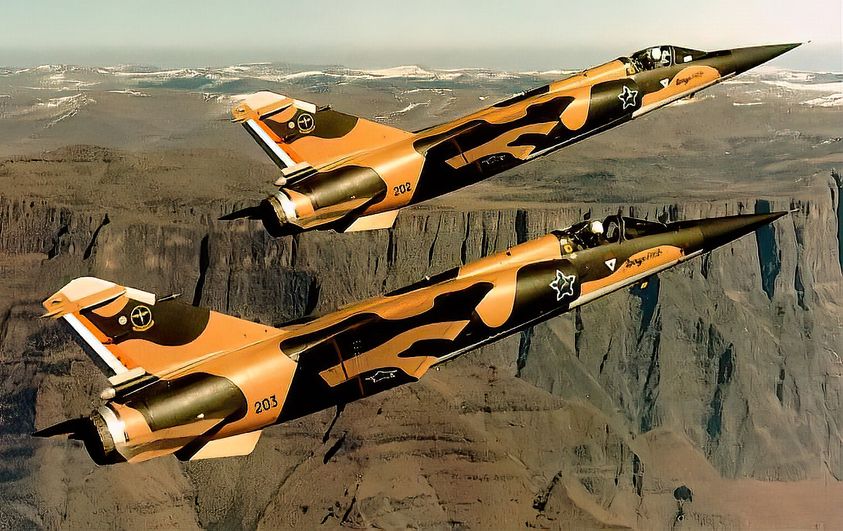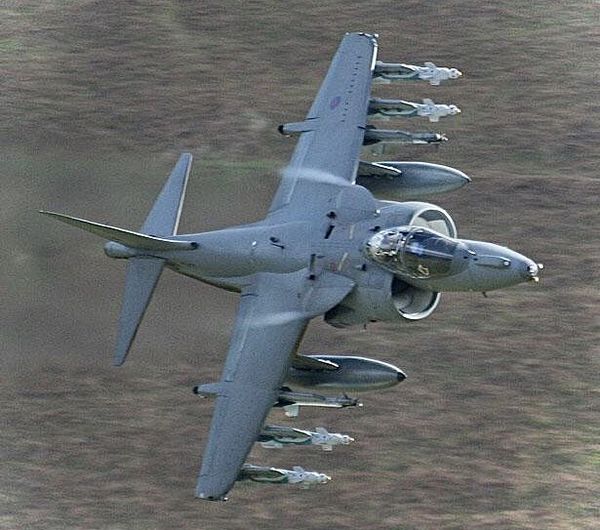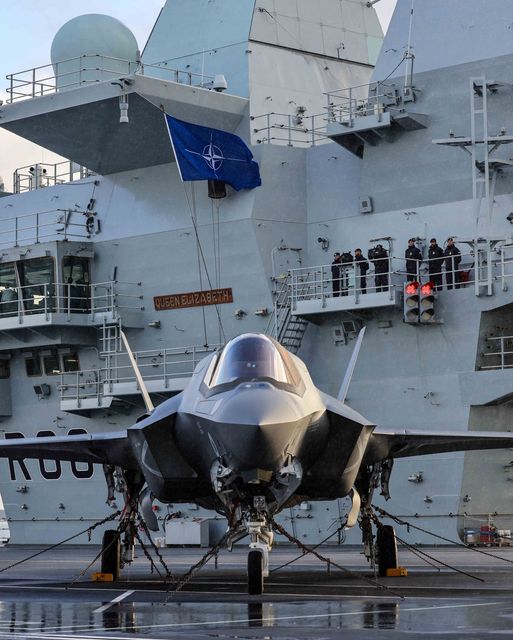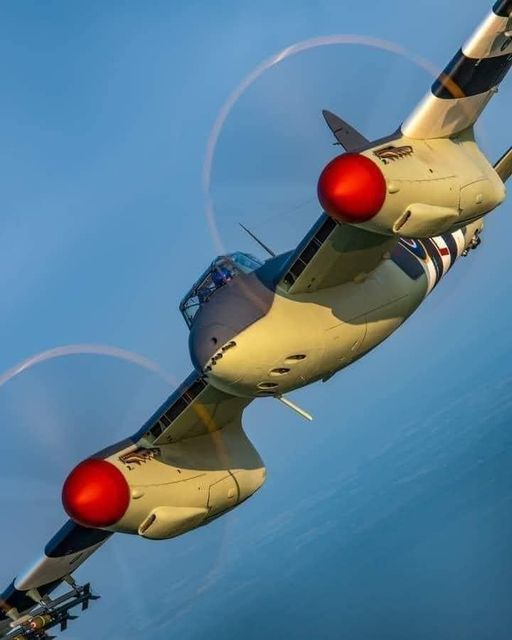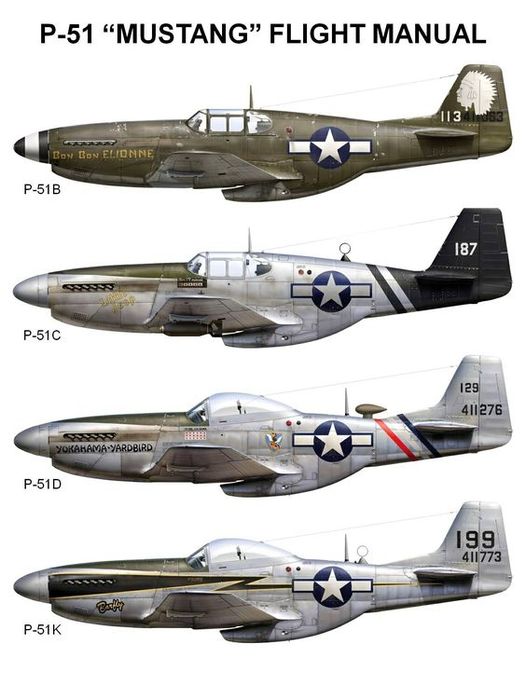An exciting new advanced jet trainer was introduced into US Air Force (USAF) service on March 17, 1961. The world’s first purpose-designed supersonic trainer, Northrop’s sleek T-38 Talon, was devised around a pair of afterburning General Electric J85 turbojets and joined the Cessna T-37 ‘Tweet’ primary trainer in an all-jet instructional program optimized for the latest frontline warplanes.
On September 27, 2018, a team comprising Boeing and Sweden’s Saab was announced as winning the USAF’s T-X contest to procure a replacement for the T-38. Boeing had revealed its T-X competitor in the form of two production-ready aircraft on September 13, 2016, promising to deliver a jet every bit as pioneering as the Talon. Powered by a single General Electric F404 afterburning turbofan, the Boeing/Saab T-7A Red Hawk is among the world’s highest performing, purpose-designed trainers.
According to the Boeing website, the name “builds off the legacy of the Tuskegee Airmen, paying tribute to the legends of the past and the heroes of the future”, while ‘Hawk’ is a reference to the Curtiss P-40 Warhawk the 99th Fighter Squadron initially flew. The new aircraft will join the Beechcraft T-6A Texan II in an instructional program specifically aimed at jets of the fifth-generation and beyond.

Look back 60 years to those early T-38A sorties with the 3510th Flying Training Wing at Randolph Air Force Base, Texas and it’s easy to see how dramatically-different the Talon was compared to the Lockheed T-33 it replaced. Elsewhere in the air force, the McDonnell F-101 Voodoo and North American F-100 Super Sabre were among the stalwarts of tactical airpower, the McDonnell F-4 Phantom II was ten months away from service entry, and Boeing’s B-47 Stratojet and B-52 Stratofortress were the ultimate expression of American bomber prowess.
In this company, the T-38 was every bit the futuristic trainer. Now compare the T-7A Red Hawk to the Talon. Is the result of six decades’ engineering progress immediately obvious looking at the aircraft side-byside? Perhaps not, for the T-7A’s capability goes way beyond aesthetics.
The USAF enters the third decade of the 21st century with Boeing’s F-15 Eagle and Strike Eagle, plus Lockheed Martin’s F-16 Fighting Falcon, F-22A Raptor and F-35A Lightning II among its tactical fleet, while the B-52 still holds its own alongside the Rockwell B-1B Lancer and Northrop Grumman’s B-2A Spirit bombers.

Does the T-7A look at home in this company? Absolutely, but the essence of its pioneering abilities runs deeper still. The T-7A has been designed as the flying component of an advanced training system, featuring an extensive suite of ground-based synthetic instructional aids that will ensure students are better prepared than ever to go flying, and that every drop of learning potential is extracted from each minute they spend in the air.
Mastering the mechanics of flight and acquiring the somewhat intangible skill of ‘airmanship’ are tasks best suited to the air, just as they were when the USAF commissioned the T-38 back in 1956. Those graduating from the Talon took their shiny new pilots wings to demanding aircraft that required considerable skill to fly safely, and considerably more again to operate as effective weapons platforms. When student pilots complete the first undergraduate T-7A course towards the middle of the decade, they will move to the cockpits of frontline aircraft that experienced combat pilots generally find ‘easy to fly’.
The complication today comes not from keeping the jet in the air, but from managing mission systems to deliver precise outcomes in a challenging air environment. The T-7A will teach pilots the airmanship they learn today in the Talon and how to work in the modern, data-driven digital cockpits they’ll find in the F-35A and F-15EX. And it will make them better learners in the synthetic environment throughout their careers.

Digital by design
On September 14, 2020, Secretary of the Air Force Barbara Barrett defined in her keynote speech, for those attending the Air Force Association’s Air, Space & Cyber Conference, a new engineering and trials concept for aircraft development. “By lowering development costs, barriers to entry are reduced by establishing digital prototyping – problems are identified and solved quickly, and timetables are collapsed,” she said. Barrett went on to describe aircraft designed under such a process as ‘eSeries’, stating: “The first eSeries designator is awarded to an aircraft that was designed, built and tested using digital engineering: the T-7A, the Red Hawk.”
Thus, Boeing’s trainer is truly a pioneer, for the fifth-generation training capability it heralds and the manner of its design. In reality, the two are inextricably linked, since the ground-based training system (GBTS) Boeing is designing, as part of the wider T-7A offer, relies on the aircraft’s digital design.
Sherri Koehnemann, Boeing’s T-7A training and sustainment director, explains: “The T-7A was created through 3D model-based systems engineering. That generates a ‘digital thread’ that we’re taking through into the simulators and support equipment, which means the software and characteristics of the jet are matched in every aspect of the GBTS, from full simulator to web-based courseware.”

It’s an extraordinary concept that avoids the familiar problem of aircraft and simulator drifting apart, so that the latest changes to flight control software, for example, are in the jet, but not reflected in the simulator, obliging instructors to teach with caveats and potentially misleading students. Since simulation, or synthetic training, takes on far greater importance with the T-7A, the digital thread and its implications for accurate simulation are essential to the entire system.
Typical of modern pilot training systems, the GBTS includes a variety of teaching aids, ranging from desktop task trainers to full flight simulators. But thanks to the digital thread, all these systems keep pace with developments in the aircraft itself, which is unprecedented; Koehnemann describes the jet and GBTS as ‘digital twins’. Within the simulators, she identifies environmental, aircraft performance, aircraft physical systems and aircraft computational systems as four major fidelity categories, while acknowledging that the jet itself was designed “making extensive use of those fidelities”.
And thanks in part to that digital thread, the full simulators will be certified to FAA Part 60 Level D standard. Familiar to commercial operators, Level D means maneuvers flown in the simulator must very closely match the same maneuvers flown in the jet. Military aviators, certainly those operating fourth- and fifth-generation fighters and modern training aircraft, are familiar with the benefits of linking simulators to facilitate multi-ship formations and full-mission rehearsal. The fact that the T-7A GBTS includes networkable simulators is therefore no surprise but, again, Boeing is taking a leap forward in capability.

The concept of ‘recording’ a training mission to ‘playback’ in the post-flight debrief is as well understood as networking, but thanks to what Koehnemann calls live, virtual, constructive connectivity, T-7A simulators will network not only with one another, but with live aircraft, too. “It means an instructor on the ground can observe, record and playback at any time in the simulator what’s happening in the live aircraft,” she says.
“The experience is further enhanced through improved environmental fidelity and an 8K-native constant resolution visual system that guarantees the highest screen level fidelity ever delivered in a simulator,” she continues. However good the visuals though, the simulator will never fully replicate the physiological demands of flight, although Boeing intends for the T-7A to come close. True, there is no way of recreating the peril of flying into the ground that exists in a live aircraft, but Koehnemann believes her team is well on the way to making up for several other shortfalls of the synthetic environment.
“The simulator visual cues will be matched to aural, motion, vibration and g-loading cues, time sequenced to create an accurate replication of how a pilot would sense them in the aircraft,” she explains. “The seat will provide motion onset and vibration cues, there will be sound effects and we’re representing g. Air compressors built into the simulator seats and connected to the pilots’ flying suits will cause inflation and deflation to replicate g loading.”

Three years to take-off
The $9.2-billion USAF contract awarded to Boeing in September 2018 to replace the T-38 with a fleet of 351 T-7A aircraft and 46 GBTS simulators aims to deliver full simulators for trials from early 2022, first jets in 2023, and achieve initial operational capability in 2024. It’s an ambitious target that Boeing and its partner, Saab, are working hard to achieve even while COVID does its best to interfere.
Employing 3D engineering and computer modelling – including virtual wind tunnel testing – Boeing and Saab produced a clean-sheet aircraft design and flew it for the first time on December 20, 2016, just three years after agreeing the terms of their partnership. That’s an unprecedented 36 months and ten days to fully engineer a brand new, high-performance jet of advanced design through international collaboration. Added to which, the digital engineering concept that makes the T-7A the eSeries paradigm, means parts manufacture and first-time assembly were so accurate that no prototype was required; the two T-X demonstrator aircraft were built as production-representative airframes.
It is not unusual for overseas manufacturers to partner with US companies for defense contracts. British Aerospace and McDonnell Douglas produced the US Marine Corps’ AV-8 Harrier and US Navy’s T-45 Goshawk, for example; while Beechcraft adapted the Pilatus PC-9 to create the T-6. But Boeing looked to Saab for its innovative approach to military aircraft design, rather than to exploit an existing airframe.

Swedish defense policy demands that the non-aligned, strategically significant country must secure its own defense without outside intervention. The need for dispersed aircraft operations, and extensive use of conscripted personnel, therefore drove Saab’s fighter design philosophy through the Cold War and into the 2000s. It was Saab’s innovative drive and experience in making complex aircraft simple to operate that drew Boeing to it.
The T-7A is not ‘based on the Gripen’, although the legacy JAS-39 and Red Hawk share significant design philosophies and engine choice. Saab designs and builds the production rear fuselage, but in the design phase the Gripen informed principles that will make the T-7A easier and more efficient to operate through the rigors of day-to-day flying.
Many access panels are therefore accessible from a standing position without step ladders. Where that’s not the case, panels hinge open to provide working platforms strong enough for maintainers to stand on. Those same maintainers will also be delighted to find that the T-7A’s need for specialized tools is minimal, and that the side-hinged cockpit canopy is designed to ease removal of the ejection seat.

Externally, the T-7A is notable for its twin vertical stabilizers, which might be argued as contributing unnecessary complexity and weight to the design. It comes as no surprise that the configuration was chosen on merit though, as a Boeing spokesperson confirms: “The configuration is similar to other high-performance tactical jets we produce. Training in a jet that has flight characteristics like an F-15 or an F/A-18, let’s say, gives student pilots a realistic feel for what they will graduate into.
“The twin tail also provides greater stability in certain envelopes and situations, and in a training jet especially, safety is paramount. It also allows for the aircraft to fit into current structures without additional military construction [that is no modification is required to accommodate a taller fin in existing infrastructure].”
Healthy prospects
For now, Talon replacement is the priority, but Boeing is likely to find no shortage of potential customers interested in its fifth-gen training system. Students and instructors from several NATO nations will experience it through the Euro-NATO Joint Jet Pilot Training Program and word will quickly spread, although for any air arm looking to replace legacy capability, the T-7A looks especially attractive.

There is a real possibility that the first next expression of interest will come from home, since the US Navy’s T-45C based training program needs short to medium-term recapitalization. The challenge will be to revise the T-7A for carrier operations, but Boeing has considerable experience with the F/A-18E/F and EA-18G, and thought has surely already been given to navalizing the Red Hawk; with its twin vertical stabilizers and leading edge root extensions it even looks a little like an F/A- 18. The company spokesperson confirms: “Boeing would welcome the opportunity to provide the T-7 as the future advanced training jet for incoming US Navy pilots.”
Elsewhere, several operators of Boeing F/A-18E and F/A-18F Super Hornets, EA-18G Growlers and F-35s are in, or may soon enter, the market for new advanced jet training systems; Australia and Sweden among them. Depending on the outcome of its $12-billion HX program to replace legacy Hornets, Finland may also find itself in the Lightning, Super Hornet and Growler club and, by extension, could see considerable value in the T-7A.
Boeing’s market ambition is actually surprisingly bold, as the spokesperson explains: “Boeing sees the T-7 as a future franchise program, part of a $40-billion market where there is an opportunity to sell as many as 2,600 jets worldwide.”

The core T-7 training system clearly has promising sales prospects beyond the USAF, but to understand the bigger picture it’s necessary to go back to 1954 and Northrop’s N-156 light military jet concept. The company planned to offer a powerful, lightweight fighter against emerging requirements in Asia and Europe. In the event, the design evolved along parallel tracks as the N-156C fighter and N-156T advanced trainer. The USAF saw potential in the latter and commissioned the T-38 in 1956, while the Department of Defense adopted the private venture N-156C, as the F-5, from 1962.
As the Freedom Fighter, the F-5 served air arms in Asia, Europe, and North and South America, before the evolved F-5E/F Tiger II won a new swathe of export orders and equipped USAF, US Navy and US Marine Corps aggressor/adversary units. Today, Tiger IIs remain in service with those dedicated Red Air squadrons and with several overseas air forces, where flying hours are being consumed without an obvious replacement platform in sight. Unless a missionized T-7 fits the bill.
Installed in the T-7 airframe, the F404 is likely to deliver more thrust in Mil setting (maximum thrust without afterburning) than the total thrust delivered by an F-5E’s J85s in full reheat. This means the T-7A will barely have to stretch its legs at high speeds, but will also have ample energy available for high-alpha (angle of attack) maneuvering. It also means there is plenty of power available for carrying mission systems and, should Boeing see a potential for replacing tired Tigers and even Alpha Jets, Kfirs, early-model F-16s and Mirages, then the potential for transforming the T-7 into a light fighter is within reach.

With just a little lateral thinking, another tantalizing T-38 parallel presents itself. The US Navy has replaced the legacy Hornets flown by the Blue Angels with the F/A-18E/F. While the USAF Thunderbirds are equipped with the F-16C/D Fighting Falcon, there is no obvious replacement for the team’s Lockheed Martin F-16V Vipers when the time comes. The Thunderbirds once operated the T-38 and that jet’s replacement, the T-7A, would look especially good in patriotic red, white and blue.
There is no reluctance on Boeing’s part to acknowledge the Red Hawk’s wider potential, and in discussing the type’s twin tail, the spokesperson added that: “…it will enable a more accessible approach for a future inflight refueling probe.” Otherwise, while the T-7A employs emulation to simulate radar, weapons and other functions for training, it is a noticeably ‘roomy’ aircraft and Boeing confirms: “It was always designed with future mission sets in mind. The space inside may one day house a variety of systems to support those missions.”
There may be 60 years between them, but the T-7A looks set to repeat not only the success of the T-38, but also the historical significance of the F-5 series that evolved in parallel. Boeing’s design is every bit as pioneering in the training performance it promises, but at the same time has already taken military aircraft design into a new world of 3D engineering, virtual testing and digital threads. Just as the T-38 has trained pilots for generations of fighters, so the T-7A will graduate aviators better equipped than ever for the fifth-generation jets of today and the sixth-generation machines of tomorrow.

